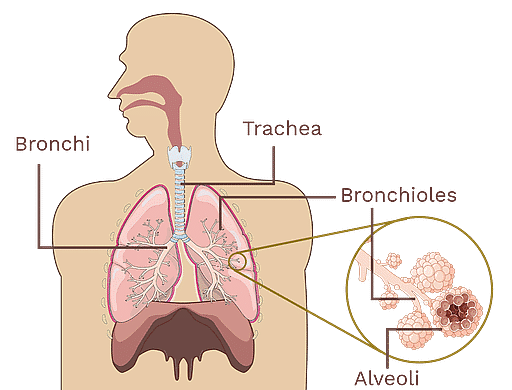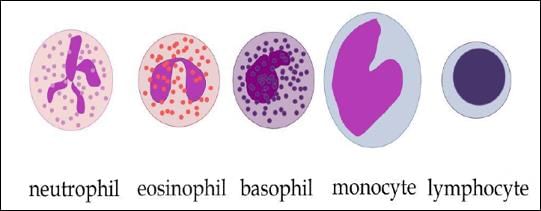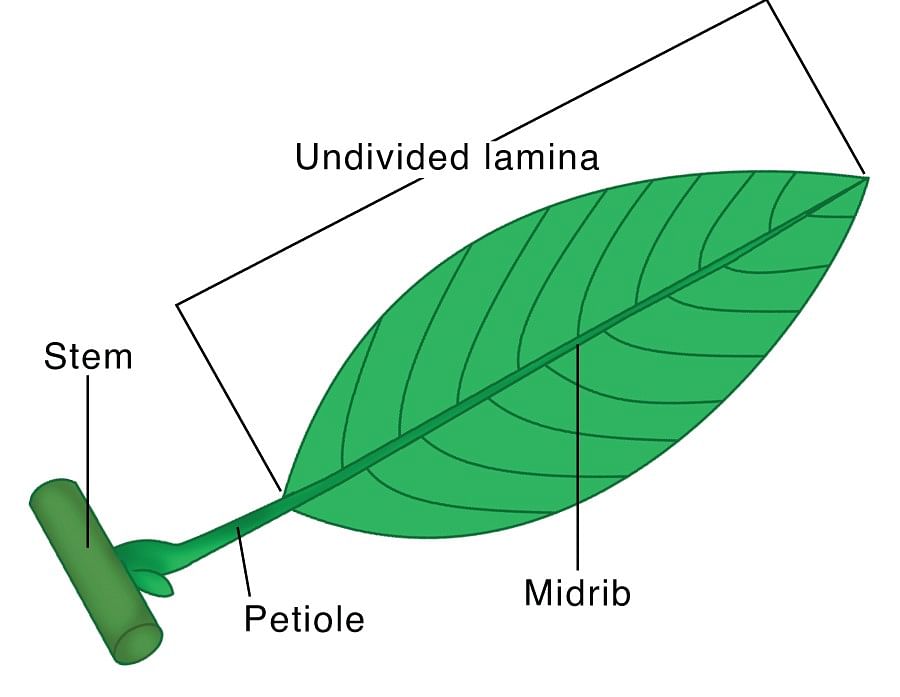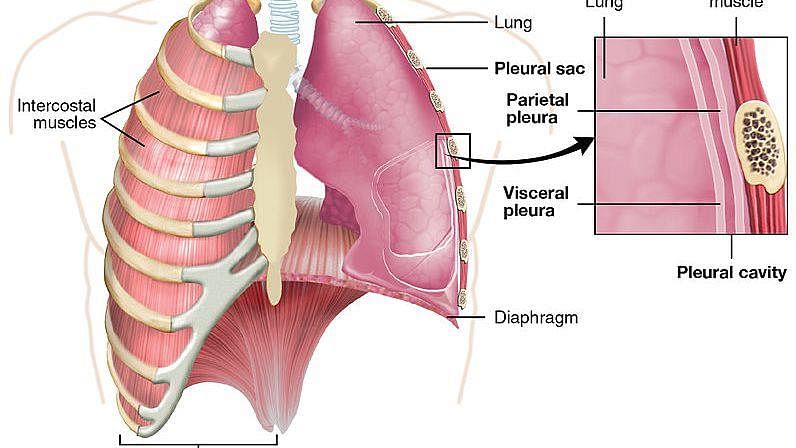Biology: Topic-wise Test- 2 - NEET MCQ
30 Questions MCQ Test NEET Mock Test Series 2025 - Biology: Topic-wise Test- 2
| 1 Crore+ students have signed up on EduRev. Have you? Download the App |
The problem of electrical discontinuity caused in the normal heart by the connective tissue separating the atria from the ventricles is solved by?
During micturition, the muscles of urinary bladder and urethral sphincters will
Which of the following integrates all the activities of the organs?
Hormones secreted by the hypothalamus show their influence on ______.
At which stage of mitosis, the two daughter chromatids separate from each other, migrate towards the opposite poles and are now referred to as chromosomes of the future daughter nuclei?
What happens when the pacemaker becomes nonfunctional?
Which of the following statements about the mechanism of ventilation/breathing is incorrect?
Lungs have a large number of narrow tubes called ______.
Where (a) is a neutrophil, identify the other four WBCs?
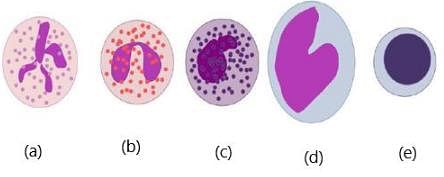
Which of the following blood components play a major role in blood coagulation?
Read the following :
I. Infants and toddlers are often under habit of bed wetting since micturition is a reflex process.
II. Adults and grown up children can control this reflex process, voluntarily to some extent.
Read the following and choose the correct option:
(i) Blood vessels include arteries and veins. Arteries carry blood from the heart to body parts and veins bring back blood from the body parts to the heart.
(ii) The blood vessel which carries blood from the heart to the lungs is a pulmonary artery and it carries oxygenated blood.
In the pelvic girdle of man, A B, C, D and E, respectively, represent
Which among the following statements is incorrect about classification of flowers based on position of whorls?
Which of the following is not a part of glomerular filtrate?
The inspiratory reserve volume + tidal volume + expiratory reserve volume is the same as
When body tissues are injured resulting in the loss of blood, the process of blood clot begins and the blood platelets release:
|
1 videos|26 docs|111 tests
|
|
1 videos|26 docs|111 tests
|



